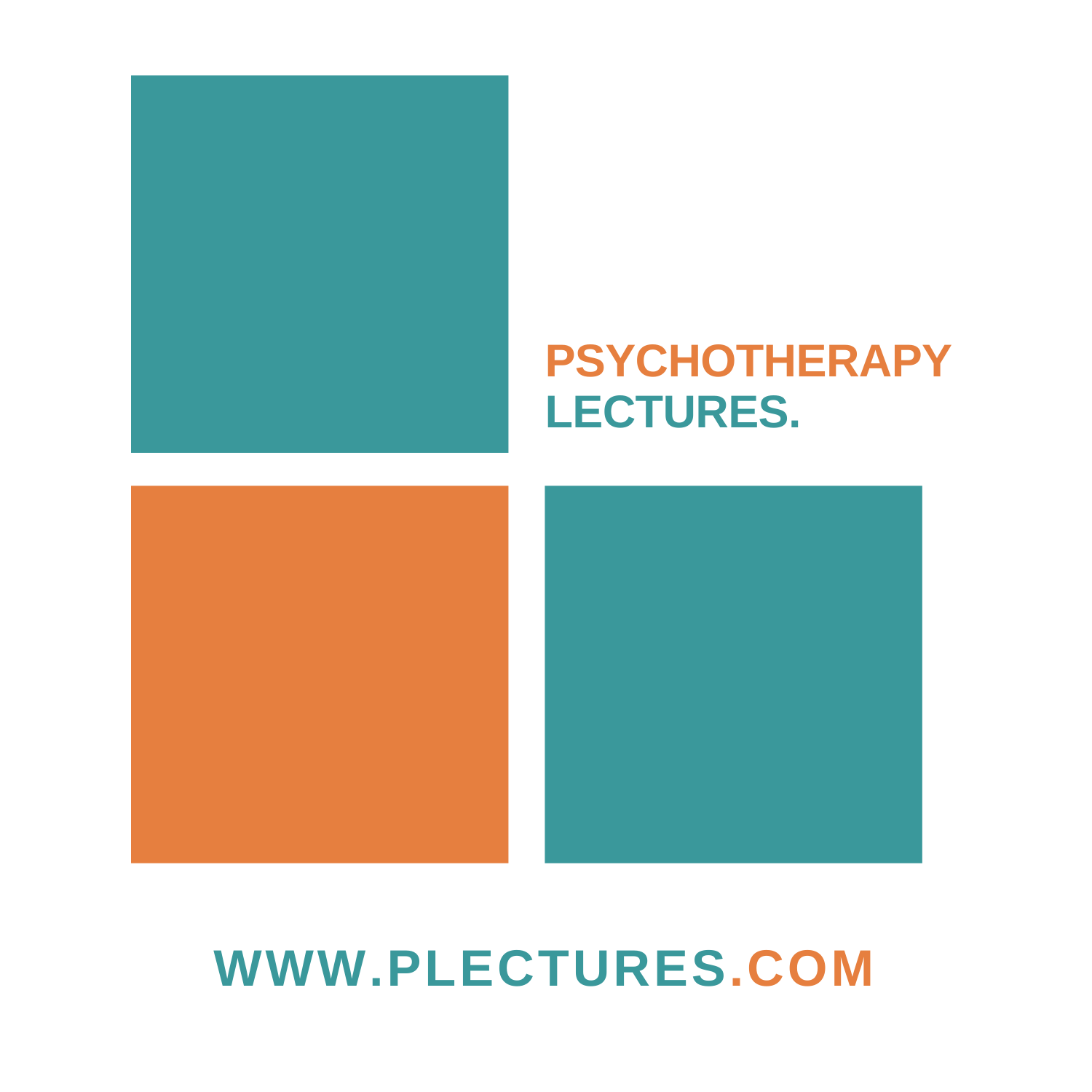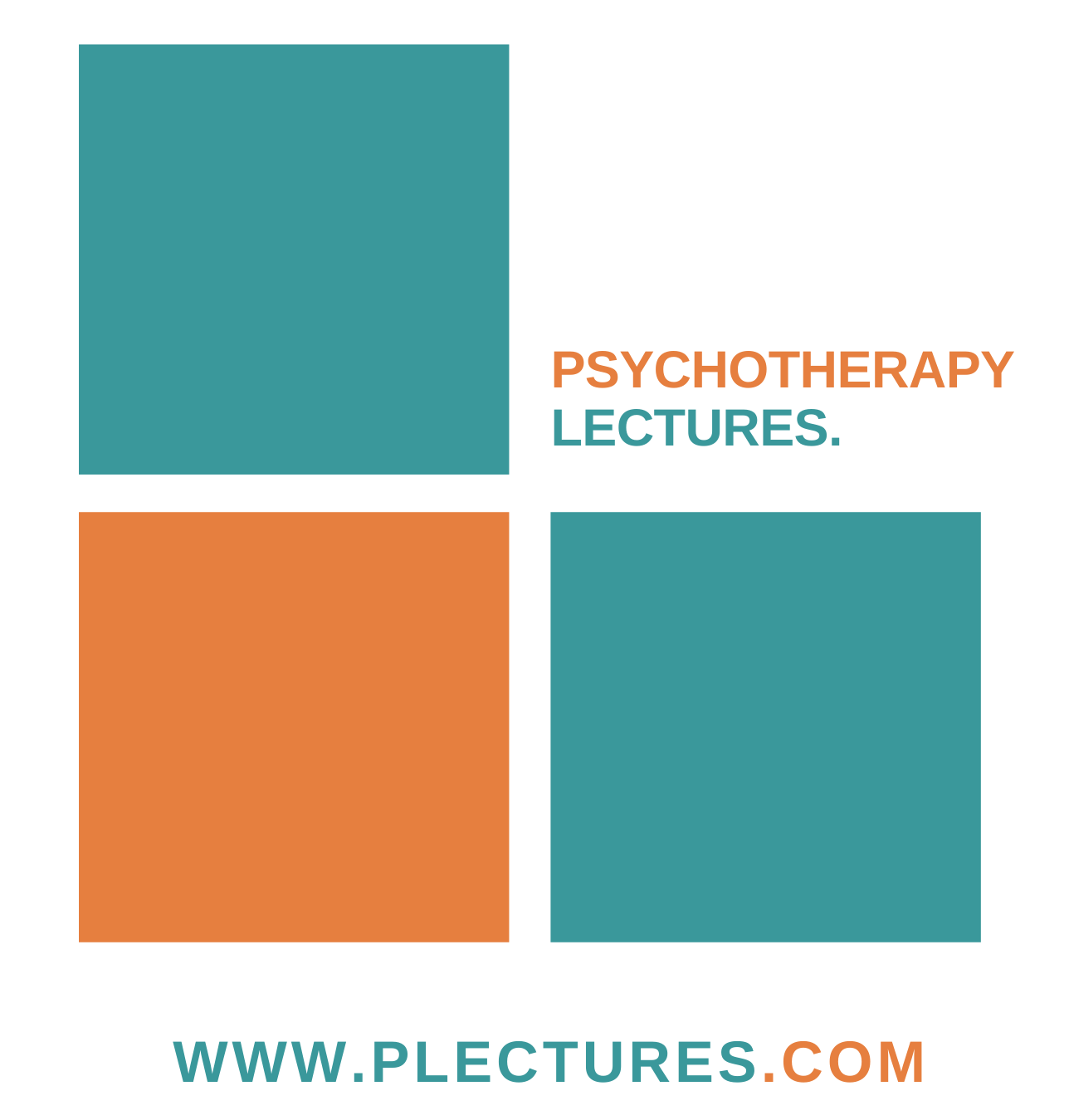FROM DISSOCIATION TO INTEGRATION
-
Author: Onno Van Der Hart
-
When you sign up you will receive links zoom
-
20 Sept 2021 - 15 Nov 2021 8-9:30 PM GMT+2
Write your awesome label here.
-
Video time: 365 days
-
Certification
Lesson series
WHAT'S INCLUDED
- Video lessons for 12 months in original language
- You will be able to participate in the direct Zoom and access the video recordings for 12 months
- 13 hours on the dissociation clinic
- You will be able to participate in the direct Zoom and access the video recordings for 12 months
- 13 hours on the dissociation clinic
ONNO VAN DER HART

-
Onno van der Hart offers training and consultation of trauma-related dissociation and the dissociative disorders. Emeritus Professor of Psychopathology of Chronic Traumatization at the Department of Clinical and Health Psychology at Utrecht University, the Netherlands, he has been a psychologist/psychotherapist at several mental health centers
COURSE INFORMATION
After the October 2020 training program dedicated to Phase 1 of the triphasic treatment, here we are again with Onno van der Hart with a course entirely dedicated to Phase 2 and 3.
Phase-oriented treatment, the standard of care for therapy with patients with complex dissociative disorders, consists of the following phases:
PHASE 1: stabilization, symptom reduction, and skills training;
PHASE 2: treatment of traumatic memories;
PHASE 3: (re)integration and personality rehabilitation.
Phase-oriented treatment aims to overcome a large number of phobias that maintain dissociation and thus suboptimal functioning. It takes the form of a spiral, in which these different phases of treatment can be alternated according to the patient's needs.
Guided by the Janetian theory of structural dissociation of personality, the entire treatment involves increasing the patient's integrative capacity and promoting integration, i.e., improving mental health.
This workshop highlights specific goals and ways to achieve them in Phase 2 and Phase 3. It is essential to prepare thoroughly for Phase 2 and do as much work as possible to overcome the phobia of traumatic memories.
As will be laid out during this workshop, the emphasis is on the two-level integration of the traumatic memories themselves:
guided synthesis (and related forms such as EMDR), which involves sharing a traumatic memory among the dissociative parts of the personality, with some of them being present-oriented;
guided realization, which involves making the memories of the trauma part of one's "autobiography," so the patient becomes the owner of these memories and realizes that they are about past events.
This workshop aims to have participants learn the skills to deal with the dominant dimensions in this phase: grief work; personality integration; overcoming phobias of intimacy, change, and normal life; and developing the skills needed in these areas.
In general, patients who have achieved stable integration of their personality are better able to cope with the stressors of daily life. Because Phase 3 work draws heavily on the accomplishments of previous treatment phases, the workshop also provides opportunities to focus on some aspects of the first two phases.
Treatment approaches and the understandings on which they are based will be extensively discussed, demonstrated, role-played, and illustrated by video presentations.
PROGRAM
Clinical Work with Dissociative Parties
Monday, September 20, 2021 | h. 8 - 9:45 PM GMT+2
Monday, September 27, 2021 | h. 8 - 9:45 PM GMT+2
Monday, October 11, 2021 | h. 8 - 9:45 PM GMT+2
Monday, October 18, 2021 | h. 8 - 9:45 PM GMT+2
Monday 25 October 2021 | h. 8 - 9:45 PM GMT+2
Monday 8 November 2021 | h. 8 - 9:45 PM GMT+2
Monday 15 November 2021 | h. 8 - 9:45 PM GMT+2
Recommended readings:
chapters 1, 9, 1-17 by Steele, Boon, & Van der Hart (2018) and chapters 1, 8, 10, 15 by Van der Hart, Nijenhuis, & Steele (2011)
chapters 20 and 21 of Steele, Boon, & Van der Hart (2018) and chapter 16 of Van der Hart, Nijenhuis, & Steele (2011)
chapters 22 and 23 by Steele, Boon, & Van der Hart (2018) and chapter 17 and Epilogue by Van der Hart, Nijenhuis, & Steele (2011)
LEARNING OBJECTIVE
Understand the dissociation generated by trauma as an integrative failure and, as a coping or defense strategy
Understanding the nature of traumatic memories
Understand how the different dissociative parts are mediated by the action system of daily life functioning and the action system of defense, respectively
Understand the differences between the levels of integration, i.e., synthesis and realization with its dimensions of embodiment and presentment
Understand how various phobias maintain personality dissociation and, in the context of phase-oriented treatment, constitute targets for therapeutic interventions
Know the indications and contraindications of phase 2, the treatment of traumatic memories
Gain a better understanding of promoting collaboration among the parties to dissociation necessary to begin work with traumatic memories
Know how to help clients create and work with therapeutic imagery to safely approach traumatic memories
Understand the protective functions of parts that mimic the perpetrator and know how to work with them
Understand the protective functions of the idealizing parts of the perpetrator and know how to motivate them to integrate traumatic memories
Know the respective stages of integrating traumatic memories in terms of guided synthesis and guided realization
Know the basic structure of guided synthesis
Teaching Methodology
Seminars with the possibility of simultaneous translation into Italian and russian
Theoretical contributions (slides in English and Italian)
Video of clinical cases
Guaranteed Security using one of the most advanced encrypted systems on the market.
The information in this page is being processed and encrypted securely using industry-leading encryption and fraud prevention tools.


